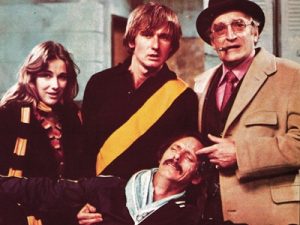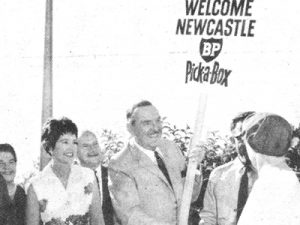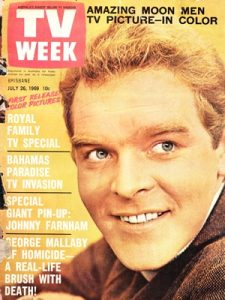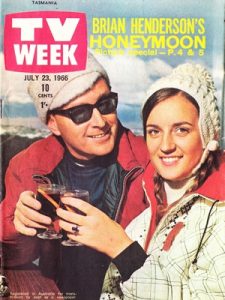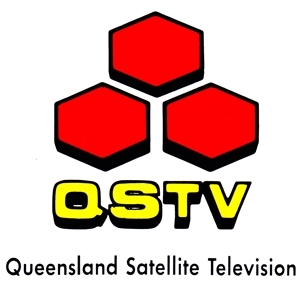 It’s hard to believe now, but there was a time when swathes of the country — mostly outback regions — were largely oblivious to commercial television that the more populated areas of the country had taken for granted for years.
It’s hard to believe now, but there was a time when swathes of the country — mostly outback regions — were largely oblivious to commercial television that the more populated areas of the country had taken for granted for years.
While the rest of us might have been raving about the latest soaps and sitcoms, movie or mini-series blockbusters and watching commercial news and current affairs, viewers in outback and remote areas might have been lucky to have just had access to ABC.
Things started to change in the mid-1980s with the launch of the AUSSAT satellites, allowing ABC and commercial television services to cover essentially anywhere not covered by terrestrial (antenna) television.
The first remote commercial television service (RCTS) was GWN in Western Australia in 1986, followed by Imparja covering Northern Territory and South Australia in January 1988.
Queensland’s RCTS commenced thirty years ago this week, when QSTV debuted at 7.00am on Sunday 24 April 1988 and was officially opened that evening.
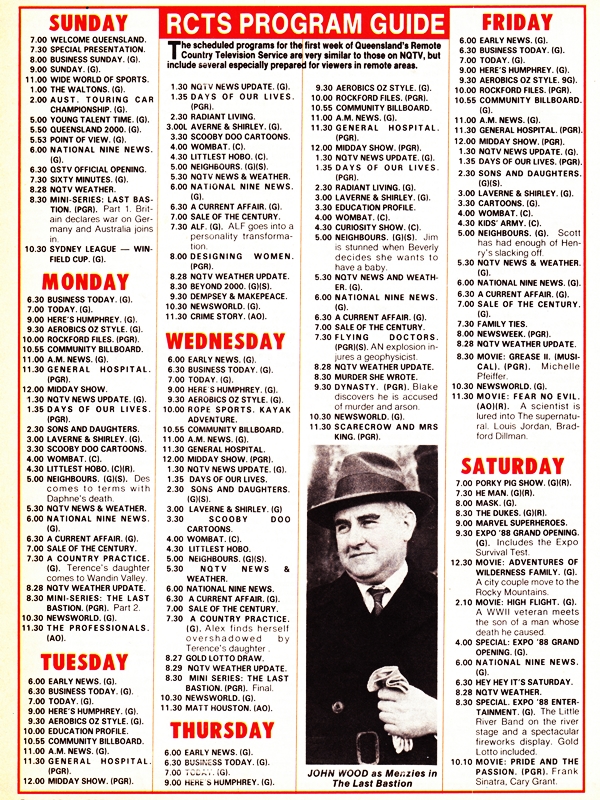
Source: The Sunday Mail / Scene On TV
QSTV was owned by Telecasters North Queensland, operator of Townsville-based NQTV. While QSTV’s program guide largely mirrored that of NQTV, there were some opt-outs for programs specific to remote areas.
With access to content from all three commercial networks, programs to appear on QSTV’s first week of broadcasting included 60 Minutes, Neighbours, Sale Of The Century, A Country Practice, Midday, National Nine News, A Current Affair, Today, Sunday, The Curiosity Show, Beyond 2000, Hey Hey It’s Saturday, Sons And Daughters, mini-series The Last Bastion, Sydney rugby league and the official opening of World Expo 88.
 |
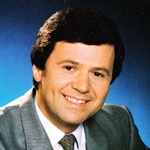 |
 |
 |
In the 1990s as NQTV became QTV and then Ten Queensland as it aligned with the Ten Network, QSTV and its new sister station ITQ8 in Mount Isa followed suit and became known as Ten Satellite.
By the end of the decade, Telecasters had shifted Ten Satellite to become a Seven Network outlet, Seven Central, as it prepared to aggregate with the Central Australian satellite footprint covered by Imparja, focusing on Seven Network programming while Imparja affiliated with Nine and Ten.
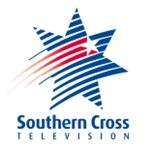 Now owned by Southern Cross Austereo, the station is now known as Southern Cross Television and is available via the VAST platform to areas in all states (except Western Australia) that don’t have access to terrestrial television. Being an affiliate of the Seven Network it also carries secondary channels 7Two and 7Mate.
Now owned by Southern Cross Austereo, the station is now known as Southern Cross Television and is available via the VAST platform to areas in all states (except Western Australia) that don’t have access to terrestrial television. Being an affiliate of the Seven Network it also carries secondary channels 7Two and 7Mate.
Since 2010, Southern Cross and Nine affiliate Imparja have jointly operated Ten Central, providing viewers of the VAST platform in the central and eastern states with access to a dedicated Network Ten signal.
Source: The Sunday Mail / Scene On TV, 24 April 1988. Wikipedia
